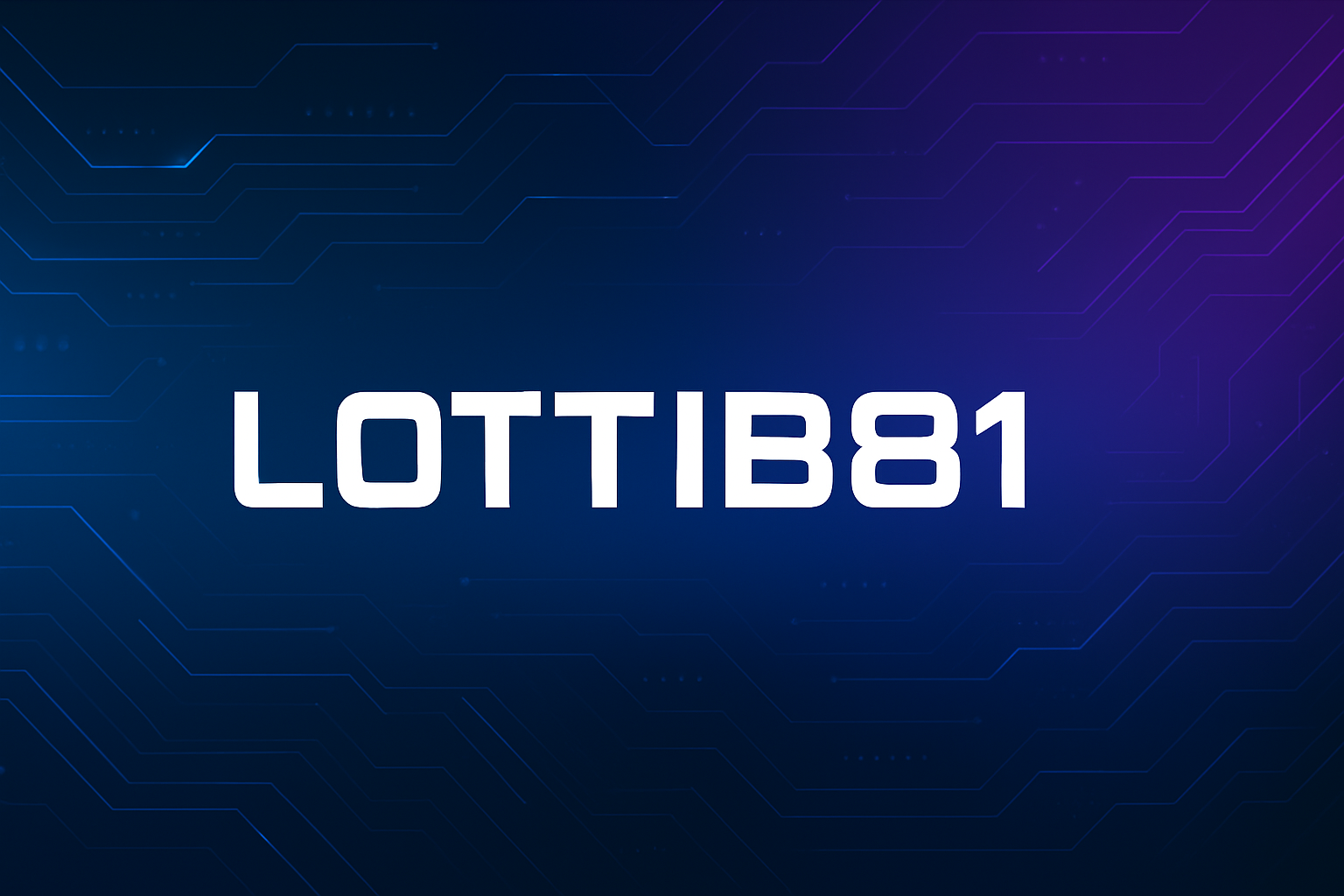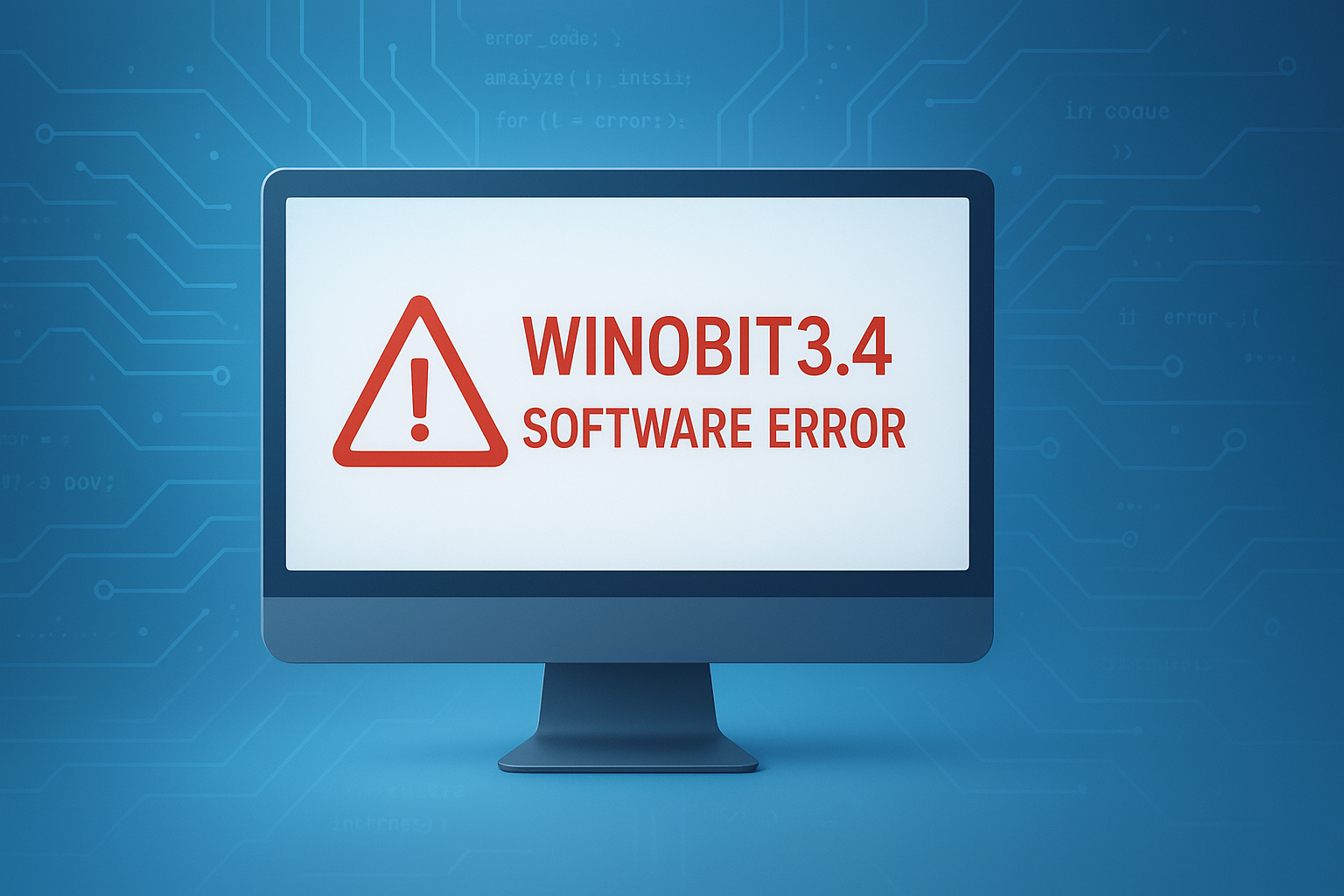How Next-Generation Wallets Balance Convenience and Security
The digital age has revolutionised almost all aspects of contemporary life, including how people work and socialise, how they pay and safeguard their assets. One area that has evolved a lot is the wallet. What was once a basic leather accessory used to carry cash and cards has moved into advanced digital forms. Today, next-generation wallets are at the crossroads of convenience and security and provide solutions aimed at fitting the expectations of a connected and privacy-conscious world.
This article looks into how these cutting-edge wallets manage to achieve that delicate balance, what technologies power them, and why platforms like BitHide are gaining traction among digital users.
Evolution of the Wallet: From Physical to Digital
The journey of the wallet is representative of the larger transformation of financial and digital ecosystems. Traditional wallets were physical, with limitations of room and geography. As payments went online and mobile technology advanced, the digital wallet arose, enabling digital wallet users to store cards, make payments, and manage their funds virtually.
However, the early digital wallets often sacrificed one for the other- either they became more convenient with gaps in their security, or they were more secure at the cost of usability. The latest generation attempts to combine both qualities so that users are no longer forced to compromise.
Why Convenience Remains Non-Negotiable
Modern users live in a fast-paced environment in which efficiency is highly valued. A digital wallet that does not simplify tasks will rapidly lose its relevance. Key factors of convenience for next-generation wallets are:
- Seamless Accessibility – Users expect to log in quickly, have biometric authentication, and get intuitive navigation.
- Cross-Platform Functionality – An efficient wallet should be compatible with mobile devices and desktops, as well as operating systems.
- Instant Transactions – Delays are no longer tolerated, especially for people managing their personal or professional money while on the move.
- Integration with Daily Life – From paying bills to managing subscriptions, digital wallets have become integrated into daily life.
These features are what emphasise the importance of convenience. If the management of a wallet is viewed as an additional chore, even the best of security features may not have users hooked.
Heightened Demand for Security
At the same time, the increasing threats in the digital world have made security an essential counterpart. Cybercriminals are constantly making new forms of exploiting people’s information, so trust is a crucial part of any wallet solution.
Security innovations of next-generation wallets include:
- End-to-End Encryption – Encrypting sensitive information while in transit and storage
- Multi-Factor Authentication (MFA) – Adding additional layers of authentication beyond the simple login password
- Zero-Knowledge Proofs – Making sure providers won’t be able to access a user’s private data.
- No-KYC Models – Wallets like BitHide have privacy-first models where individuals can have control over their data without requiring mandatory identity verification.
These measures are part of a growing awareness that security is not optional-it’s the foundation on which user trust sits.
Balancing Act: Blending Convenience and Security
One of the prime challenges for designers of next-generation wallets is to combine security without compromising usability. For example, making every transaction require complex logins could be too cumbersome for users and making processes too simple could leave your system vulnerable.
Modern solutions will bring balance through:
- Biometric Authentication – Facial recognition and fingerprint scans provide a means of speed and safety.
- Smart Interfaces – Clean, intuitive design minimises user errors while retaining protective features
- Adaptive Security – Systems that adapt depending on the size of the transaction or based on suspicious activity – allows flexibility to users, while reinforcing safety.
- Decentralised Architectures – Wallets that are built around the premise of reducing the reliance on centralised servers minimise the potential for mass data breaches.
By harmonising these elements, next-generation wallets create an environment in which individuals feel both empowered and protected.
Privacy as a Core Component
The discussion around wallets is no longer confined to payments- it also incorporates digital identity and privacy. Increasingly, users are wary of how much personal data they are willing to share, and with whom, regardless of whether it’s corporations or regulatory bodies.
BitHide and others like it have become prominent lately, as they focus on No-KYC wallets, allowing users to retain the benefit of remaining anonymous while still having secure storage and management solutions. In this manner, next generation wallets not only protect finances but also do so for digital autonomy.
Use Cases Driving Adoption
The appeal of next-generation wallets isn’t limited to traditional money transfers. Their versatility makes them the key device in the modern digital lifestyle.
Key use cases include:
- Online Shopping – Angular and secure checkouts across e-commerce platforms.
- Subscription Management – Automatic, but controllable billing for streaming, software and utilities.
- Remote Work Payments – Secure global transactions from freelancers and contractors.
- Data Storage – Some wallets support the encrypted storage of sensitive documents.
- Identity Protection – Privacy-first wallets reduce the unnecessary exposure of user information.
Each of these applications showcases a balance between everyday convenience and strong protection in the wallet.
Innovation and How Wallets are Shaped
Innovation is still the driving force behind the wallet’s evolution. Technologies such as blockchain, artificial intelligence-based fraud detection and decentralised networks are pushing the envelope of what a digital wallet can accomplish.
Additionally, the integration of smart contracts, biometric advancements, and real-time monitoring continues to improve the ease of use and security. As the ecosystem matures, wallets are becoming more of a multifunctional digital companion than a tool for transactions.
Role of Innovation in Shaping Wallets
The use of digital wallets around the world shows their universal appeal. In areas where access to traditional banking is limited, wallets enable financial access. In developed markets, they provide an unmatched efficiency and high-tech privacy.
This dual role makes them more than a technological upgrade – they are growing to be essential to digital inclusion. Platforms such as BitHide are particularly appealing to those who are focused on anonymity and independence, demonstrating the adaptability of wallets in relation to cultural and regulatory conditions worldwide.
Challenges Ahead
Despite their promise, next-gen wallets are facing hurdles. Some of the leading challenges are:
- User Education – Many people are not aware of the dangers associated with poor digital hygiene.
- Regulatory Uncertainty – Privacy-first models such as No-KYC wallets could be subject to scrutiny in some regions.
- Technology Gaps – The unequal access to the internet can sometimes be a limitation to usability in less-connected locations.
- Trust Barriers – Like any new technology, trust is key to building it over the long term.
Solving these challenges will be critical for widespread adoption and success.
Future of Wallet Technology
Looking forward, wallets are likely to become even more of an integrated part of daily life. Predictions include:
- Universal Compatibility – Where one wallet works on all platforms around the world.
- Greater Personalisation – Customised features based on user behaviour.
- Enhanced Privacy Layers – Increased demand for privacy will drive more advanced models of protection.
- AI Integration – Smart assistants to help users seamlessly manage spending, subscriptions, and security settings.
The future belongs to solutions that can evolve and transform at any point in time according to the convenience needs, without ever compromising on security.
Conclusion
The evolution of the wallet from a straightforward cash-holder to a sophisticated digital tool is indicative of larger changes in technology and society. In today’s world, convenience and security are no more bout in conflict but a pair of complementary factors that define the success of next-generation wallets.
By leveraging a combination of seamless accessibility, robust protections, and privacy-first innovations, these wallets enable users to navigate the digital economy with confidence. As platforms like BitHide show, it’s not just functionality that the future of wallets holds, but giving people more control over their finances and identities.
In essence, the next generation of wallets is more than a technological advancement – it’s a statement about how society values trust, speed and privacy in the digital age.









